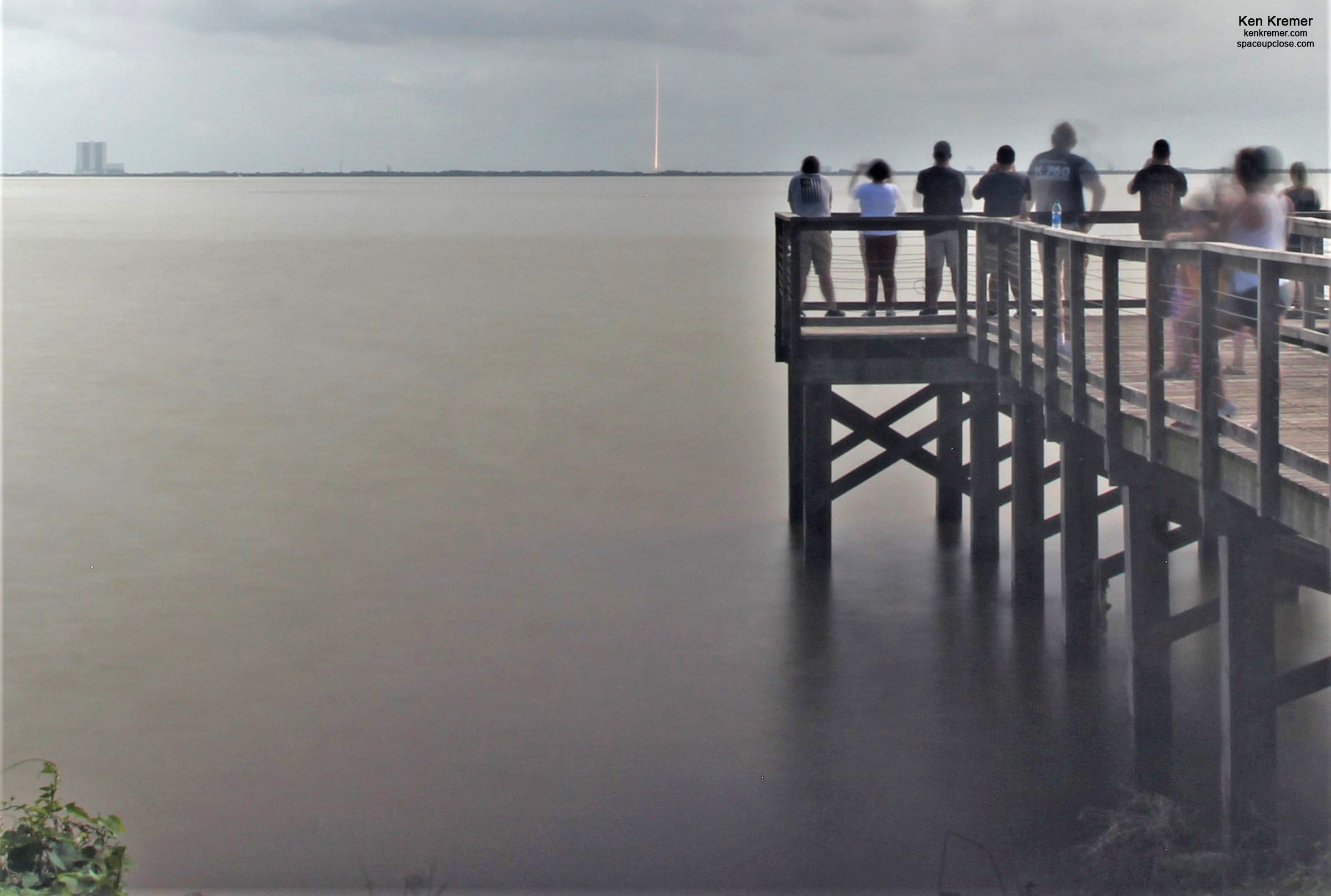
For SpaceUpClose.com & RocketSTEM
CAPE CANAVERAL, FL – After a scrub for technical reasons resulting from the Falcon 9 rocket on Thursday, SpaceX at last launched the vehicle at lunchtime today, Saturday, Oct. 24 carrying another batch of 60 Starlink broadband internet satellite darting through thick clouds on its way to low Earth orbit (LEO) from the Florida Space Coast.
Moreover this counts as the 2nd of two Starlink launches this week from the Space Coast for the fast expanding internet constellation – lifting off from 2 SpaceX pads just miles apart.
Spectacular liftoff of the 23 story tall single stick recycled SpaceX Falcon 9 on the 15th mission carrying Starlink broadband internet satellites took place during the instantaneous window at 11:31:34 a.m. EDT (1531:34 GMT) Saturday, Oct. 24 from Launch Complex-40 on Cape Canaveral Space Force Station, Florida.
Liftoff video from SpaceX:
Liftoff! pic.twitter.com/SUISHSKezJ
— SpaceX (@SpaceX) October 24, 2020
Furthermore its just shy of three weeks after another prior Starlink liftoff off on Oct. 6 from Florida’s Space Coast!
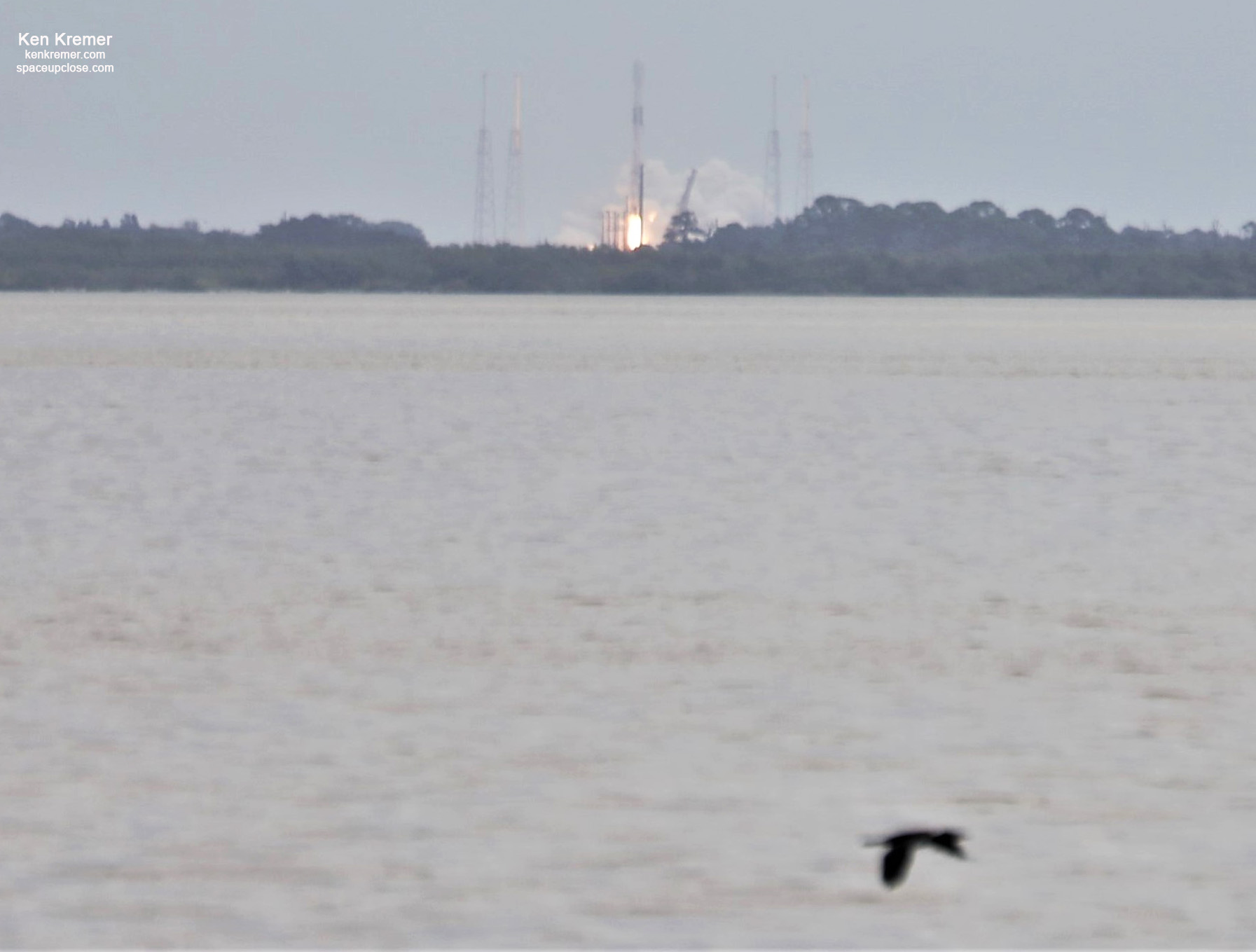
Altogether that makes for 3 Starlink launches this month of October from the Kennedy Space Center and Cape Canaveral Space Force Station – and a total of 180 Starlink internet satellites placed in orbit.
Thus SpaceX continues an absolutely amazingly fast paced launch cadence – only made possible by the extensive reuse of flight proven 1st stage boosters.
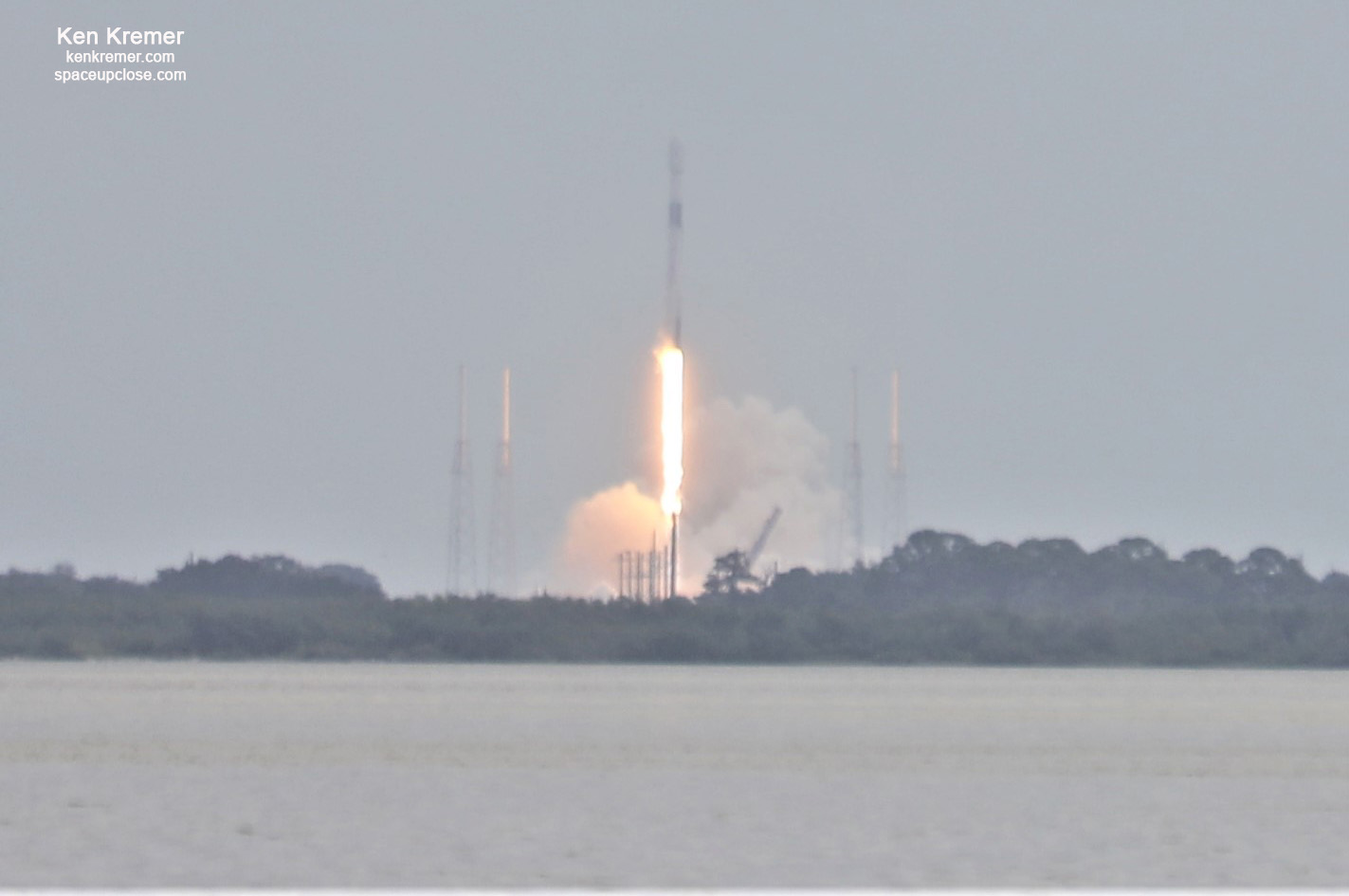
However Falcon 9 missions beside Starlink such as the Crew-1 astronaut mission to the International Space Station and GPS mission for the Space Force remain on hold joint teams continue to analyze the cause of recent Merlin 1D first stage engine aborts and institute fixes.
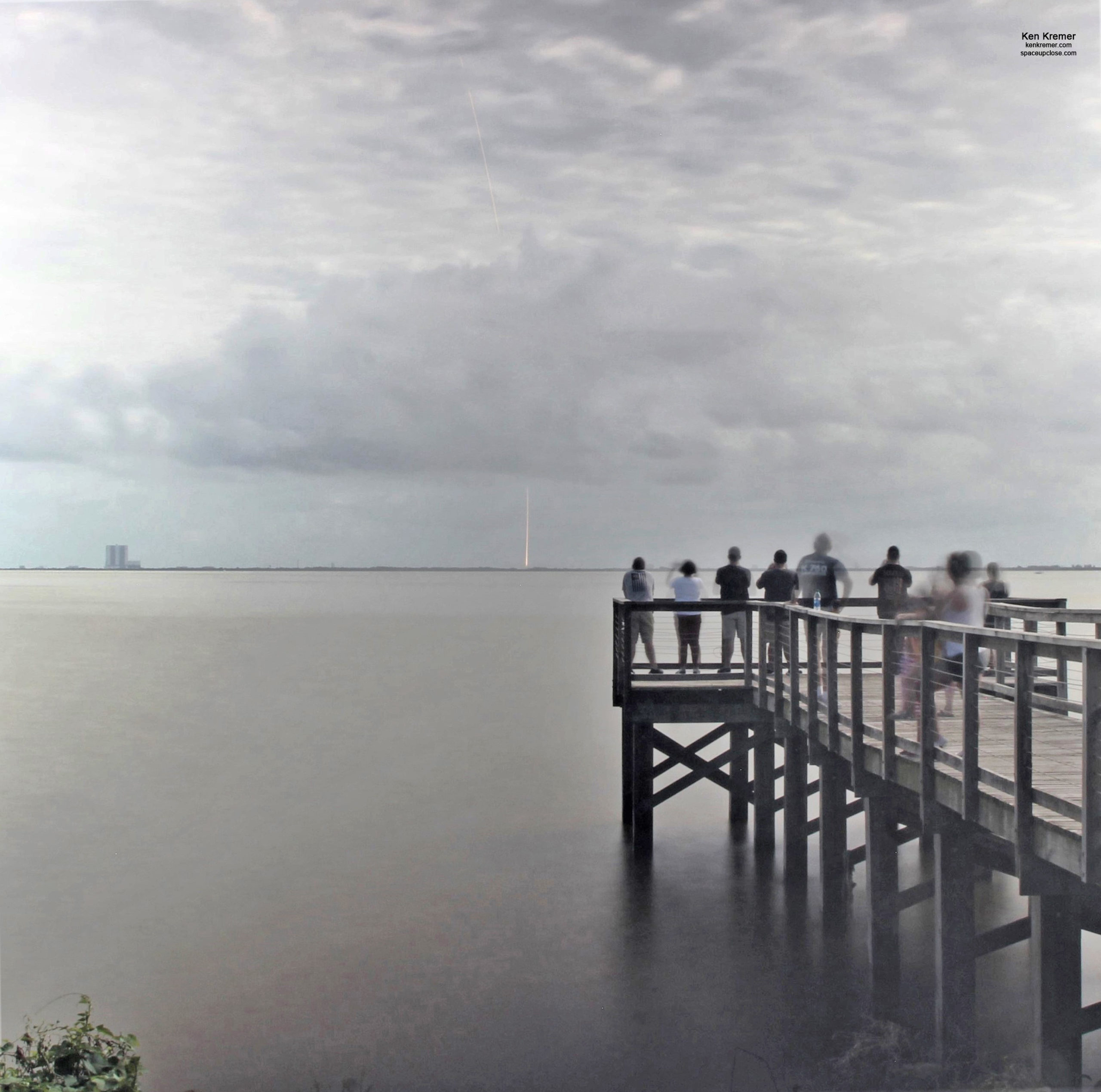
This 15th Starlink mission also counts the third ever for a 1st stage booster designated as B1060.3.
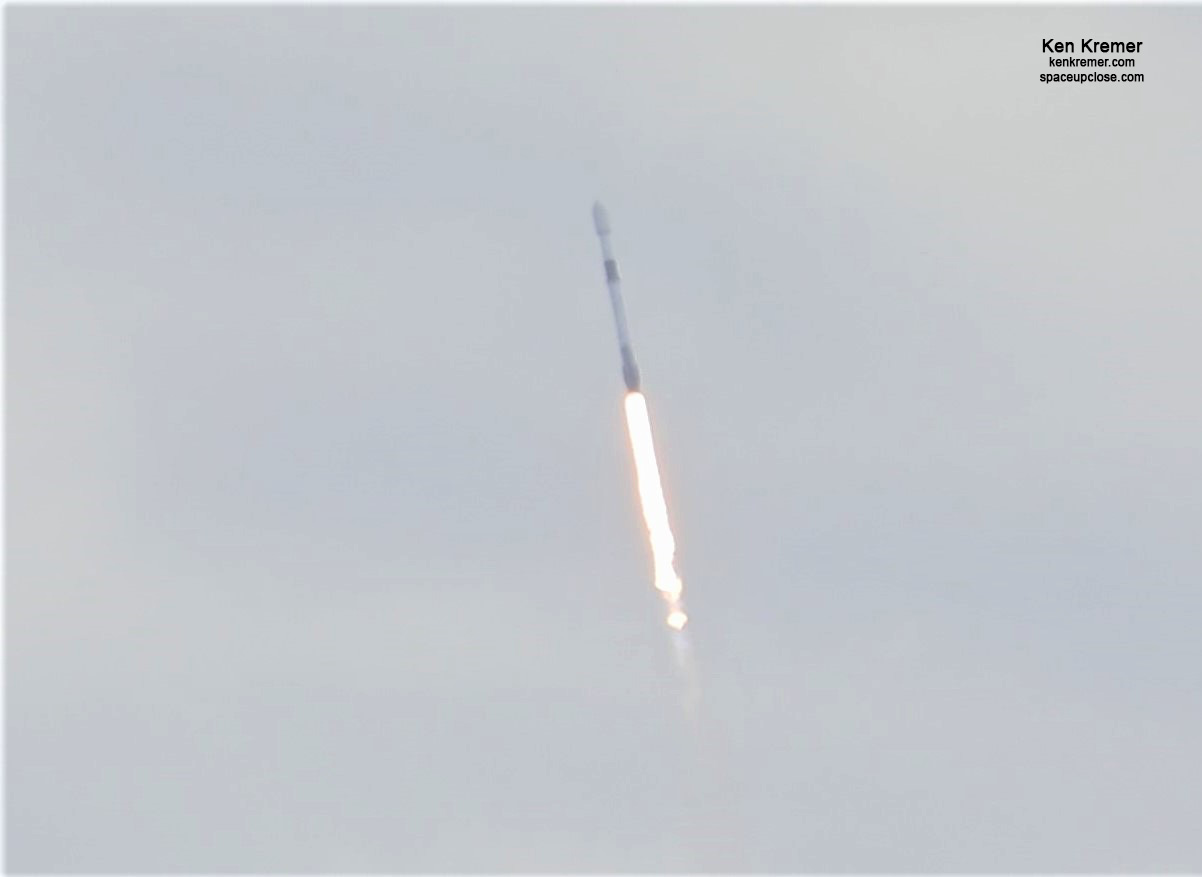
Furthermore all 60 Starlink satellites were successfully deployed and the 1st stage landed successfully some eight minutes later on the ocean going ‘Just Read the Instructions (JRTI) droneship platform.
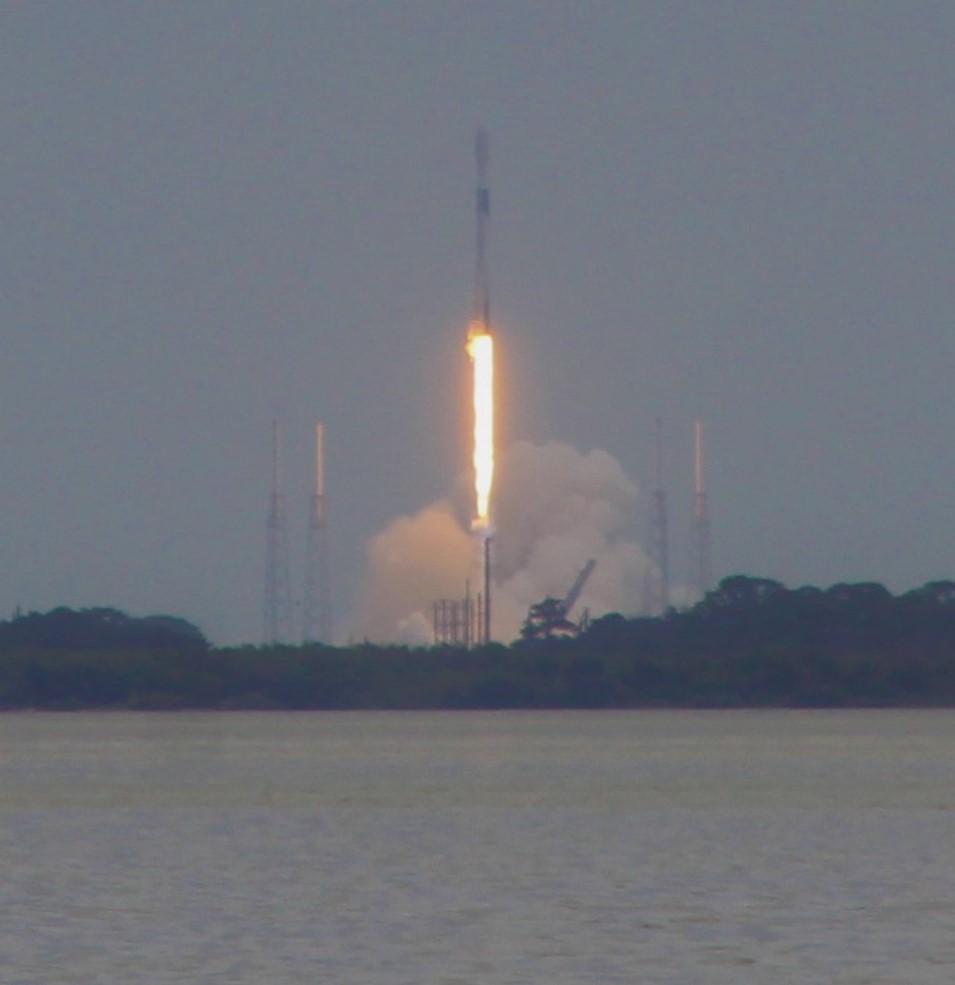
As launch time approached threatening weather once again rolled in but luckily relented just enough like the last few time as rains storm inundated the Cape several hours before launch time overnight Friday into Saturday
In the end the skies were heavily overcast but sufficiently cleared for just long enough to bring thrills to space fans.
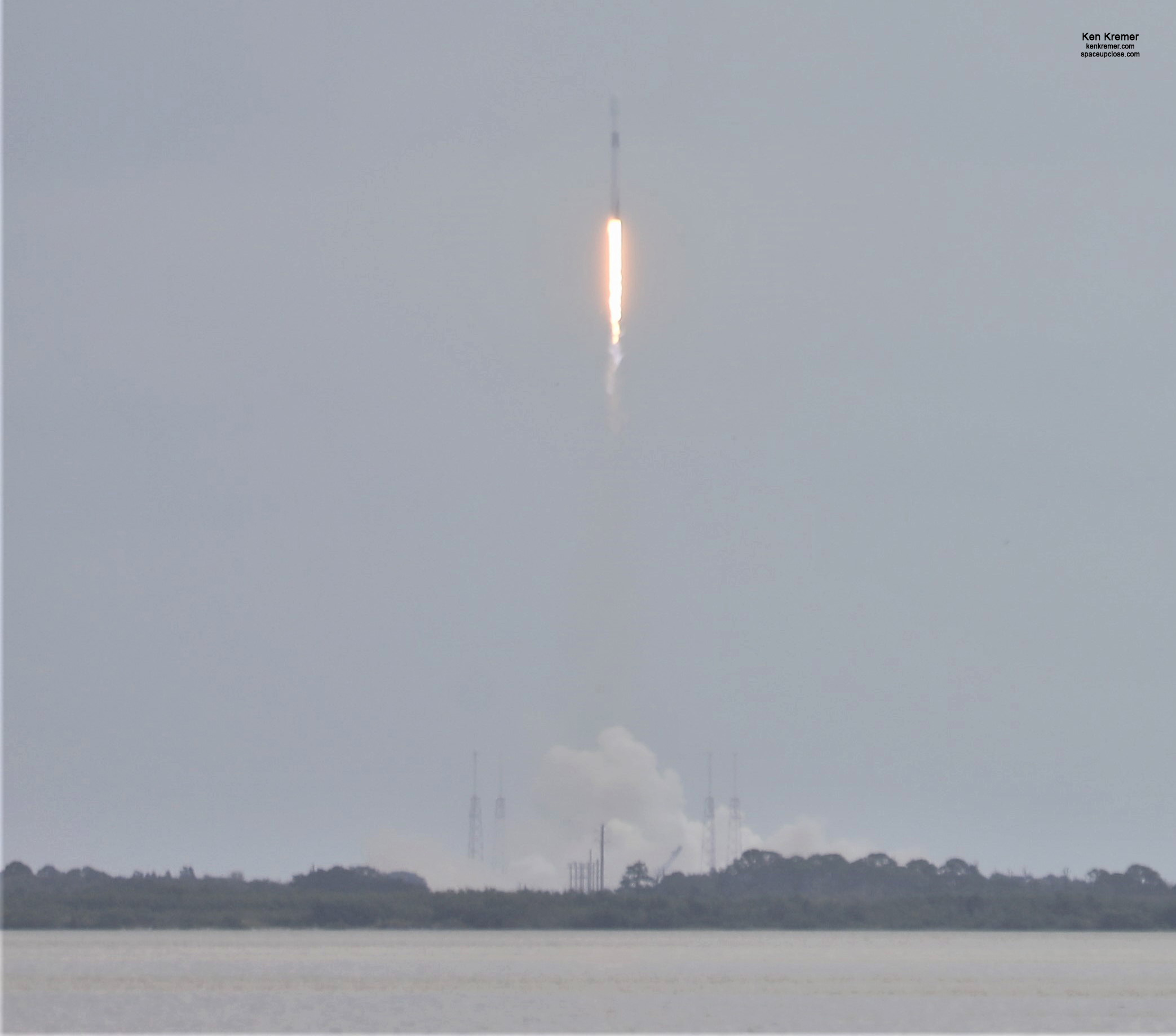
And were all lucky because within 60 minutes dark skies again rolled in and it poured rain much of Saturday afternoon throughout the Space Coast region.
The 16th Starlink mission is currently slated for November
Loaded with LOX and LH2 propellants all none Falcon 9 Merlin 1D first stage engines on flight- proven booster B1051.6 ignited to generate 1.7 million pounds of liftoff thrust and roared off pad 39A with crackling thunder into a mostly cloud free sky that luckily cleared in the final hour – heading northeasterly with a packed nose cone of Starlink broadband satellites.
Overall the 15th Starlink mission also marked the 100th successful SpaceX launch
https://www.spacex.com/updates/starlink-mission-10-24-2020/index.html
https://twitter.com/SpaceX/status/1320131227383365632
This ‘flight-proven’ Falcon 9 first stage booster B1060.3 roared off pad 40 for the third time on missions to space and back.
Falcon 9’s first stage previously supported the GPS III Space Vehicle 03 mission in June 2020 and a Starlink mission in September 2020
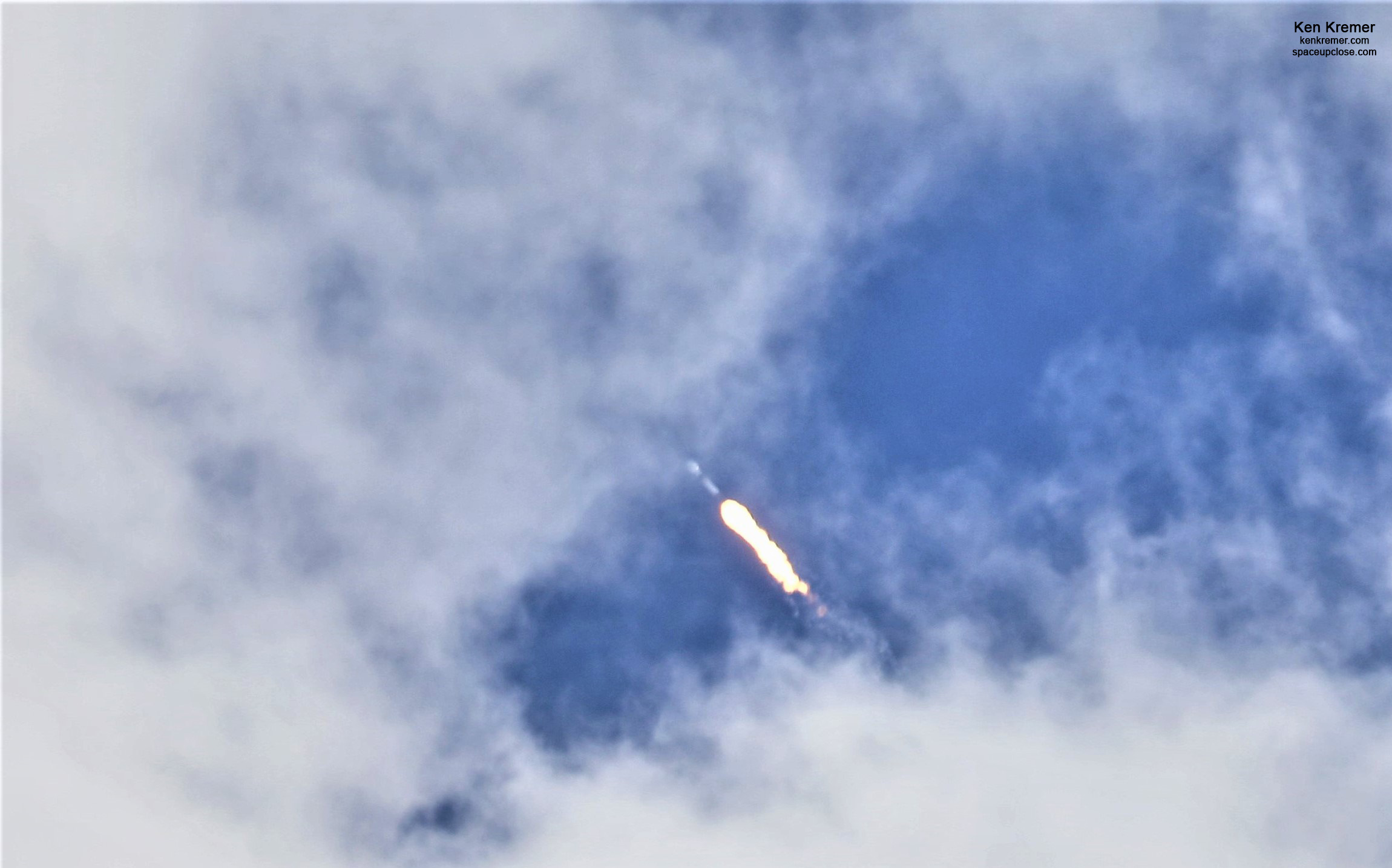
In addition to a successful launch and after stage separation the 15 story tall booster accomplished another precision guided propulsive descent and safely touched down on the ‘Just Read the Instructions (JRTI) ocean going droneship platform some eight and a half minutes after liftoff.
“Falcon 9’s first stage lands on the Just Read the Instructions droneship,” SpaceX tweeted with this video:
Falcon 9’s first stage lands on the Just Read the Instructions droneship pic.twitter.com/ECFQr2jZnN
— SpaceX (@SpaceX) October 24, 2020
Droneship JRTI was already waiting at its stationing position some 400 mi (640 km) north east of KSC and the Cape off the coast of the Carolina’s with a football field sized landing platform.
To date SpaceX has landed a Falcon 9 first stage rocket booster 63 times by land and by sea and re-flown boosters 45 times.
The Starlink satellites were deployed about 1 hour and 3 minutes after liftoff
Deployment of 60 Starlink satellites confirmed pic.twitter.com/yJlyu8cLyX
— SpaceX (@SpaceX) October 24, 2020
The ever expanding Starlink constellation now numbers approximately 895 refrigerator sized broadband internet relay satellites launched to orbit and aimed at serving rural and underserved areas across the globe – where service is “unreliable, expensive, or completely unavailable.”
However quite a few have been deorbited for a variety of reasons – thus the true number of Starlinks in orbit is estimated at about 810 to 850 or so.
The upper stage delivered the payloads into an initial near-circular orbit 170 miles (275 kilometers) above Earth at an inclination of about 53 degrees to the equator.
There were no rideshare payloads on this flight – thus the full complement of 60 Starlinks was stowed aboard as payload and encapsulated inside the nose cone.
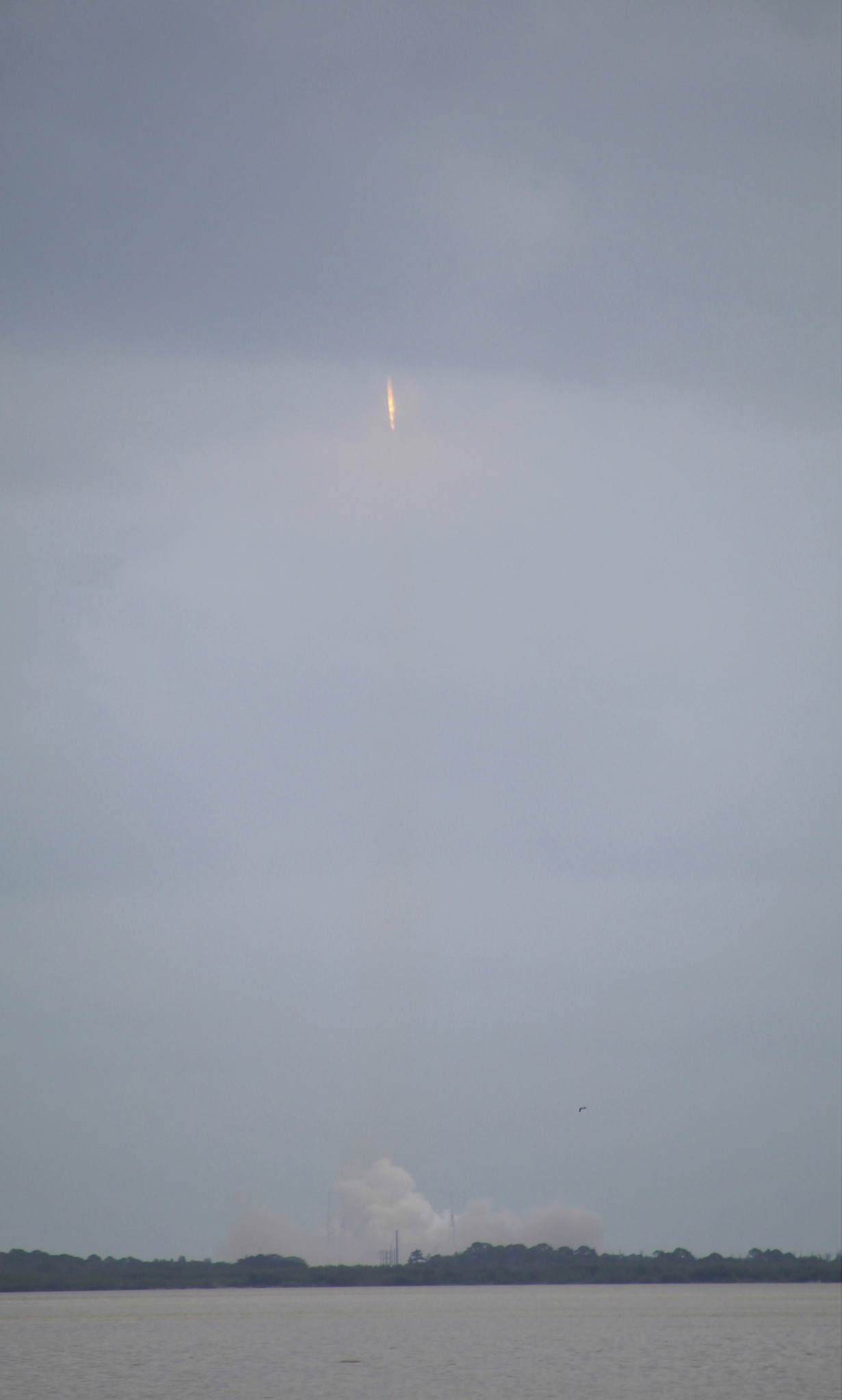
SpaceX needs about 1400 Starlink satellites in orbit to establish broadband internet service in the US and North America, says SpaceX CEO Elon Musk.
Enjoy our photos of the Falcon 9 launch from Launch Complex-40 taken for Space UpClose by Ken Kremer and Jean Wright.
Check back as the gallery grows.
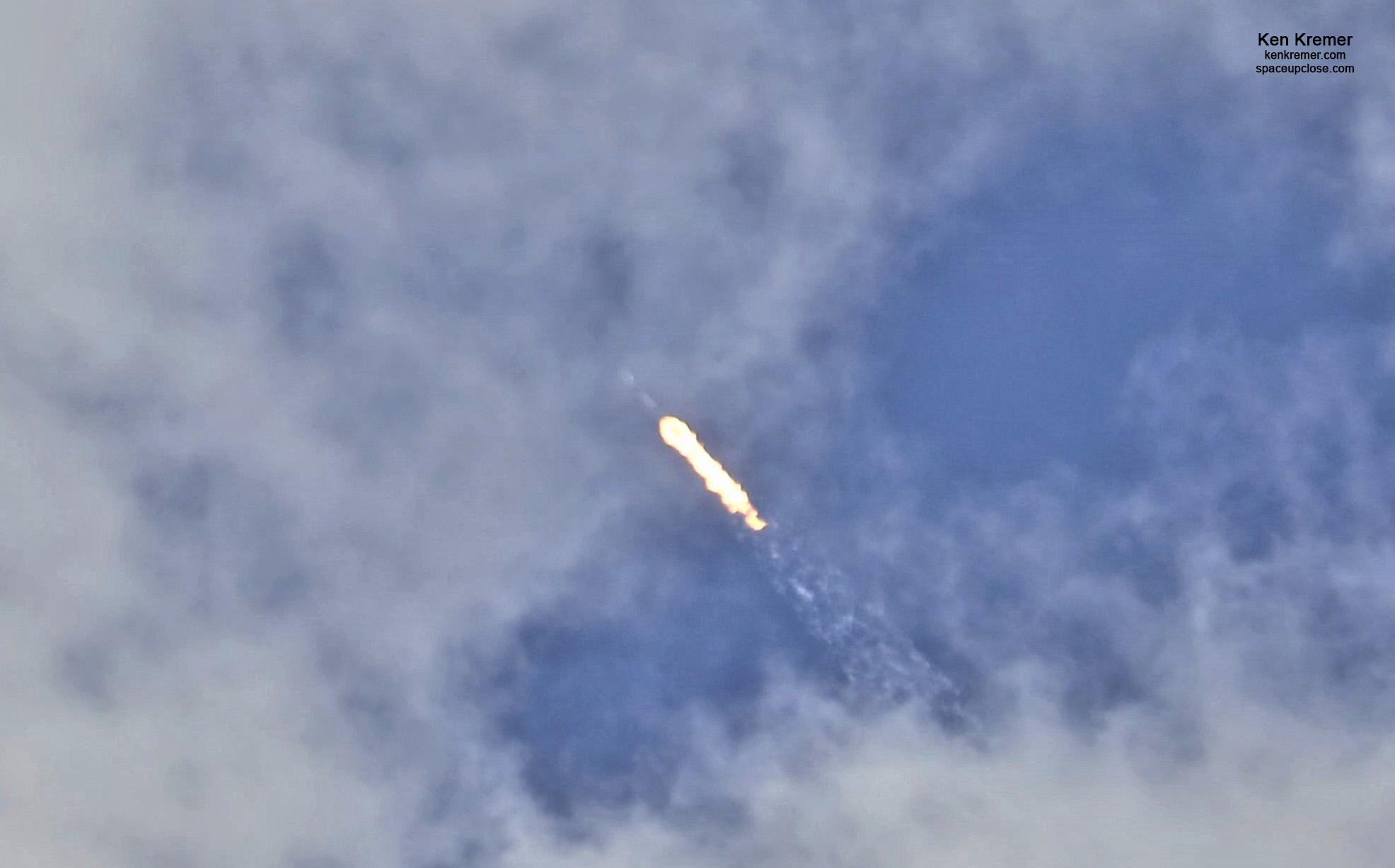
SpaceX says you can sign up to receive updates on Starlink news and service availability in your area. Please visit starlink.com
Some school districts are already partnering with SpaceX on beta testing.
“#TheFutureIsNowEC! We are joining the @SpaceX Starlink satellite constellation to provide high-speed, low-latency Internet to students,” tweeted Ector County Independent School District in Texas.
#TheFutureIsNowEC! We are joining the @SpaceX Starlink satellite constellation to provide high-speed, low-latency Internet to students. https://t.co/5guLw1YpmT @chiefsforchange #PermianStrategicPartnership pic.twitter.com/Tf72QHoWl4
— Ector County ISD (@EctorCountyISD) October 20, 2020
“As our Starlink network is still in its early stages, the Starlink team continues to test the system, collecting latency data and performing speed tests of the service. The team also recently installed Starlinks on the Administrative Center building and about 20 private homes on the Hoh Tribe Reservation, located in a remote area of western Washington State where internet service is limited or completely unavailable. You can learn about the Hoh Tribe’s experience here,” says SpaceX.
Here are further details from SpaceX about the 100th successful launch milestone and their reusability goals:
SpaceX believes that fully and rapidly reusable rockets are the pivotal breakthrough needed to dramatically reduce the cost of access to space to enable people to travel to and live on other planets. While most rockets are expendable after launch — akin to throwing away an airplane after a one-way trip from Los Angeles to New York — SpaceX is working toward a future in which reusable rockets are the norm.
Of its now 100 successful flights of Falcon rockets, SpaceX has landed a Falcon first stage rocket booster 63 times and re-flown boosters 45 times. This year, SpaceX twice accomplished the sixth flight of an orbital rocket booster. And, in the ten years since its demonstration mission, Falcon 9 has become the most-flown operational rocket in the United States, overtaking expendable rockets that have been launching for decades.
The difficulty of precision landing an orbital rocket after it reenters Earth’s atmosphere at hypersonic velocity is not to be overlooked — SpaceX remains the only launch provider in the world capable of accomplishing this task. At 14 stories tall and traveling upwards of 1300 m/s (nearly 1 mi/s), stabilizing Falcon 9’s first stage booster for landing is like trying to balance a rubber broomstick on your hand in the middle of a hurricane. While recovery and re-flight of an orbital rocket booster may now seem routine, developing Falcon such that it would withstand reentry and return for landing was generally accepted as impossible — and SpaceX learned many lessons on the road to reusability.
SpaceX’s accomplishments with flight-proven rockets and spacecraft have allowed us to further advance the fleet’s reliability and reusability, as well as inform the development of Starship — SpaceX’s next-generation fully and rapidly reusable super heavy lift transportation system. Starship’s capability of full and rapid reuse will lower the cost of spaceflight to help humanity return to the Moon, travel to Mars, and ultimately become multi-planetary.
….
The Starlink mission marked the 104st SpaceX launch, the 96th Falcon 9 and the 19th launch overall in 2020.
The two stage Falcon 9 rocket stands 229 feet (70 meters) tall.
Watch Ken’s continuing reports about Starlink, Commercial Crew and Artemis and onsite for live reporting of upcoming and recent SpaceX and ULA launches including Demo-2, Starlink, X-37B, Solar Orbiter, Mars 2020 and more at the Kennedy Space Center and Cape Canaveral Space Force Station.
Stay tuned here for Ken’s continuing Earth and Planetary science and human spaceflight news: www.kenkremer.com –www.spaceupclose.com – twitter @ken_kremer – email: ken at kenkremer.com
Dr. Kremer is a research scientist and journalist based in the KSC area, active in outreach and interviewed regularly on TV and radio about space topics.
………….
Ken’s photos are for sale and he is available for lectures and outreach events
Please consider supporting Ken’s work by donating at Patreon:
https://www.patreon.com/kenkremer
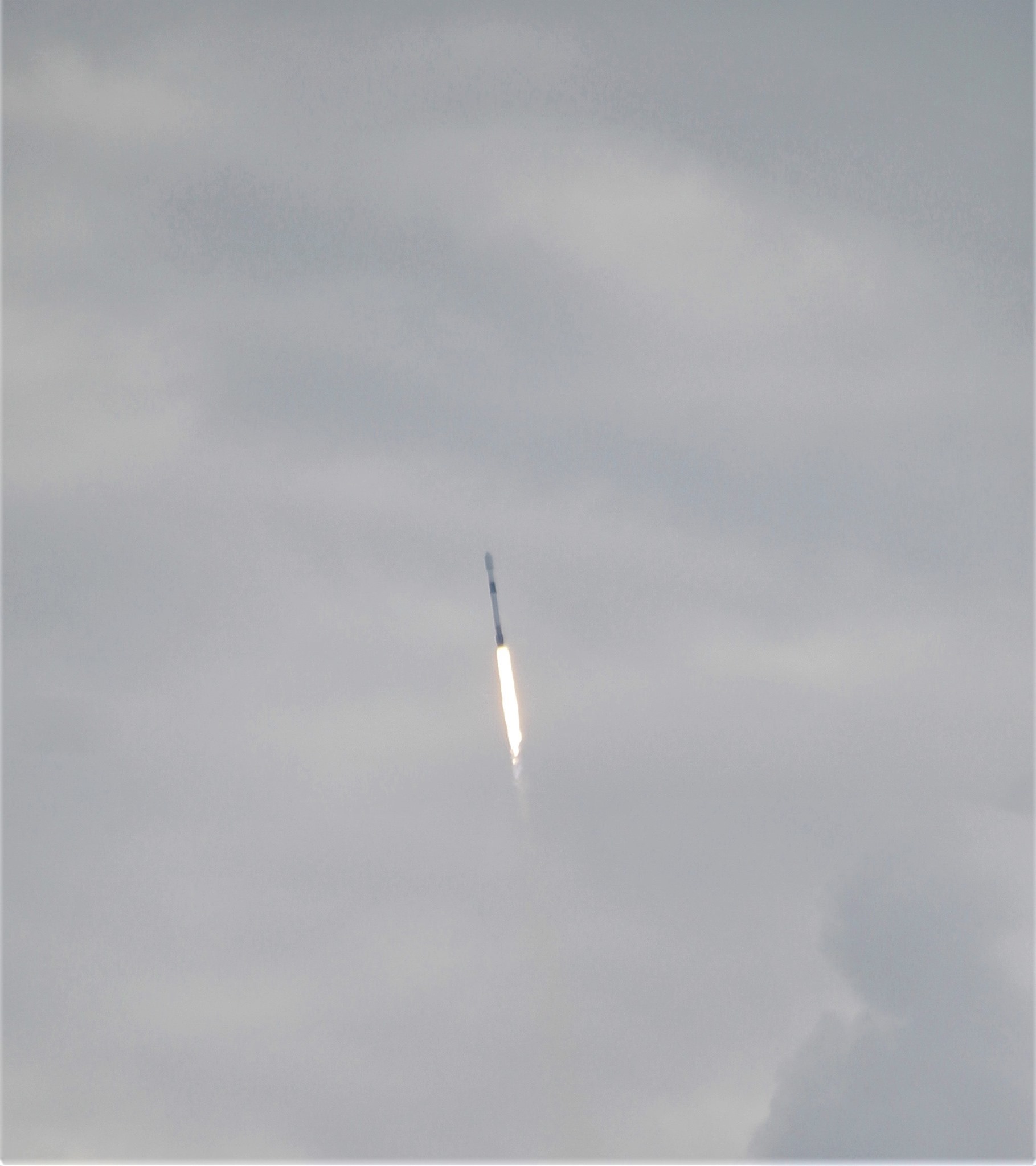
x



